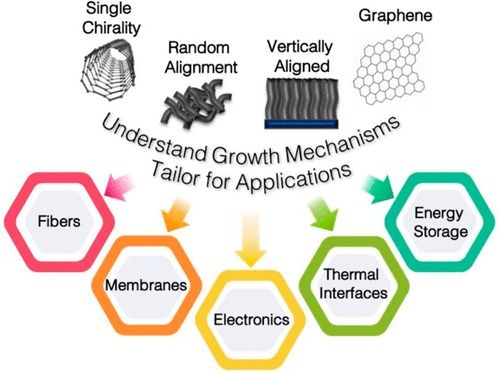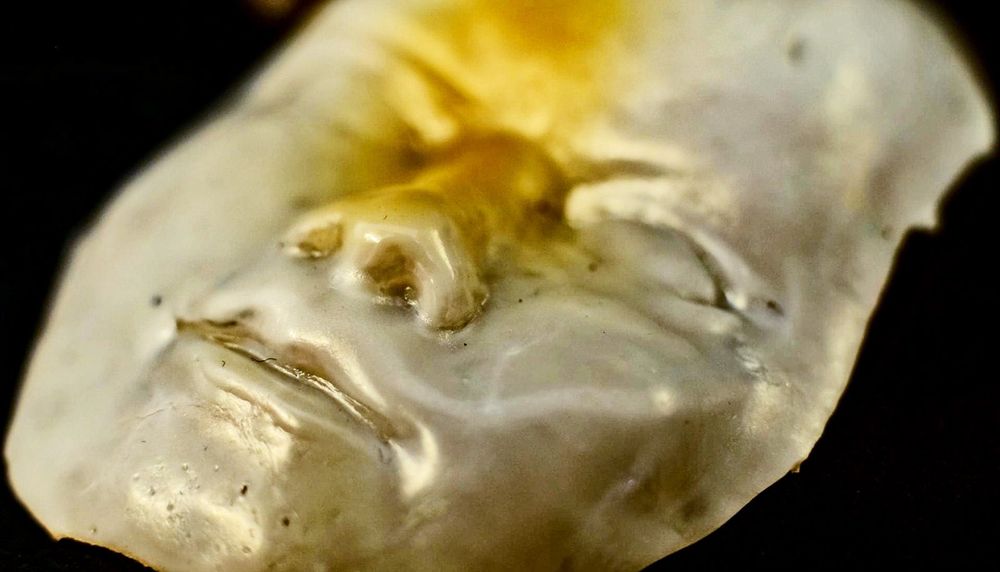Jan 17, 2019
Researchers make ice repelling materials breakthrough
Posted by Genevieve Klien in categories: energy, materials
Ice is one of the most significant hazards to drivers and pilots and is blamed for multibillion-dollar losses each year in the US. Ice causes all manner of delays in air travel and damages infrastructure, power generation equipment, and power transmission facilities each year. Scientists from the University of Houston have made a breakthrough in repelling ice that could have uses in multiple industries.

















